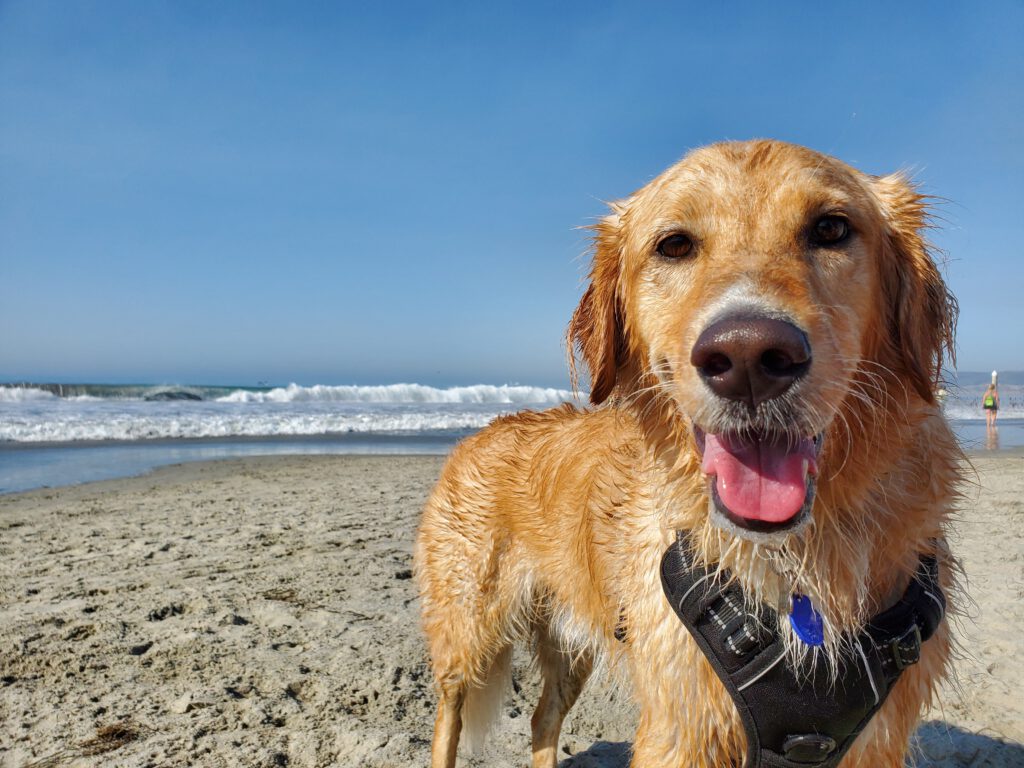
Ah, the tropics! Beaches, palm trees, and hot weather.
Maybe you love the steamy, sticky heat of tropical climates. But how does your dog feel about it?
In this article, we’ll explain why some dogs tolerate the tropics better than others. We’ll also identify ten breeds that do especially well in the heat and humidity.
Why do some dogs thrive in the tropics?
Let’s face it: some pups are just built for the heat!
Many dogs can survive in surprisingly harsh environments. But certain breeds have physical characteristics that are best suited for hot, humid weather.
Coat
Unsurprisingly, short-haired and hairless dogs have an advantage in hot, wet climates. Long hair tends to trap heat, making it harder for your dog to cool himself down.
Some breeds such as the Australian Cattle Dog have both an outer and inner coat, which protects the dog from rain and offers insulation in cold environments. Single-coated dogs fare much better in tropical climates.
Body Type
Lean dogs are typically more comfortable in hot weather than those that carry a lot of weight.
English bulldogs may have short hair, but they may not shed body heat very efficiently due to their weight and size. Greyhounds, on the other hands, have a great skin-to-weight ratio that is perfect for tropical climates.
Body Size
When it comes to predicting adaption for hot, humid environments, the size of a dog is more controversial. The conventional wisdom is that small dogs do well in hot weather because they expend less energy.
However, recent studies have shown that large dogs might fare better in tropical climates. Small breeds generally have higher body temperatures. Due to the way heat is transferred, small dogs are more susceptible to both heat and cold.
Nose
Snub-nosed (brachycephalic) dogs such as boxers and pugs have a harder time in the heat than other breeds. Long noses are useful for cooling the air before it continues through the dog’s respiratory system.
So if your pup’s nose is fairly long, he’ll have a better chance of thriving in a tropical environment.
Color
We all know that light colors reflect heat better than dark colors. The same applies for dogs!
If the color of your dog’s coat is fairly light, he’ll be more comfortable under the hot sun. However, light colors do not provide relief from humidity.
Ears
Floppy-eared dogs are adorable! But when moisture gets trapped in those ear folds, there is risk of infection. You may be more likely to encounter this issue in wet, humid environments.
Origin
Using genetics and historical records, we have determined the geographical origin of many dog breeds. For example, Chihuahuas hail from Mexico and Yorkshire Terriers were bred in England.
The origin of your dog’s breed may correlate with his adaptation for heat. However, we do not recommend relying solely on lineage. You should consider your dog’s actual physical characteristics when deciding whether to relocate him to a tropical climate.
The Best Dog Breeds for Tropical Climates: Top 11 Picks
As shown above, there are several physical traits that determine whether a dog is suited for the tropics. Here are 11 dog breeds that meet many of these criteria.
Chinese Crested
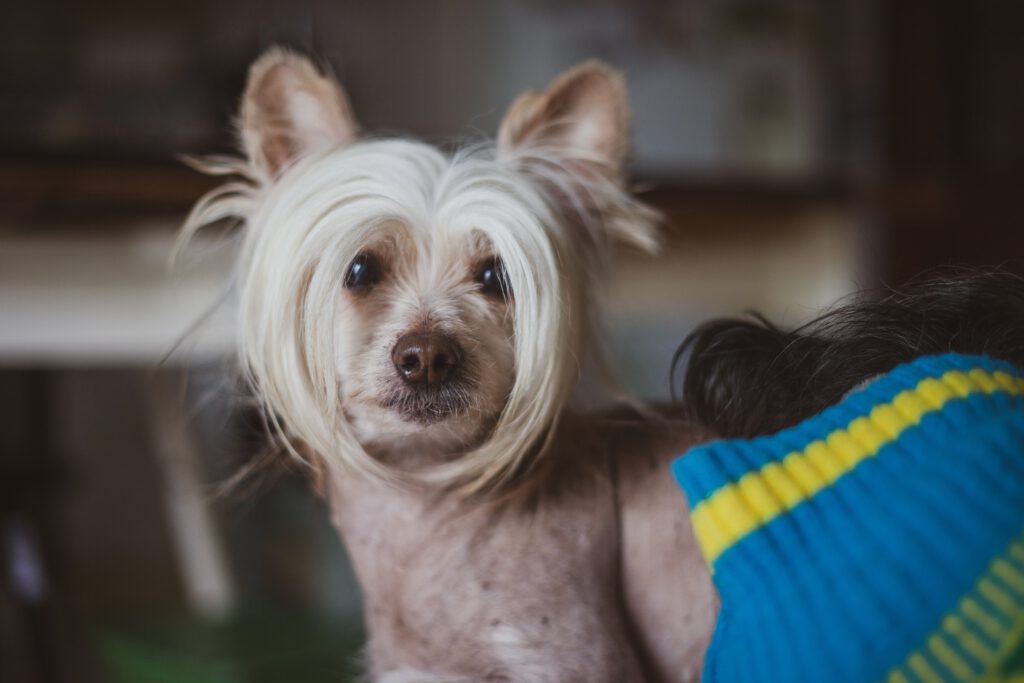
Most Chinese Crested dogs only have hair on their head, tail, and feet. This means it has plenty of bare skin for shedding body heat!
At an average of 12 inches tall and 10 pounds, the Chinese Crested is a toy breed and can easily be protected from the sun. However, its exposed skin may also require sunscreen on bright, hot days.
These dogs are friendly with a mild disposition, unlikely to over-exert themselves in the heat.
Poodle
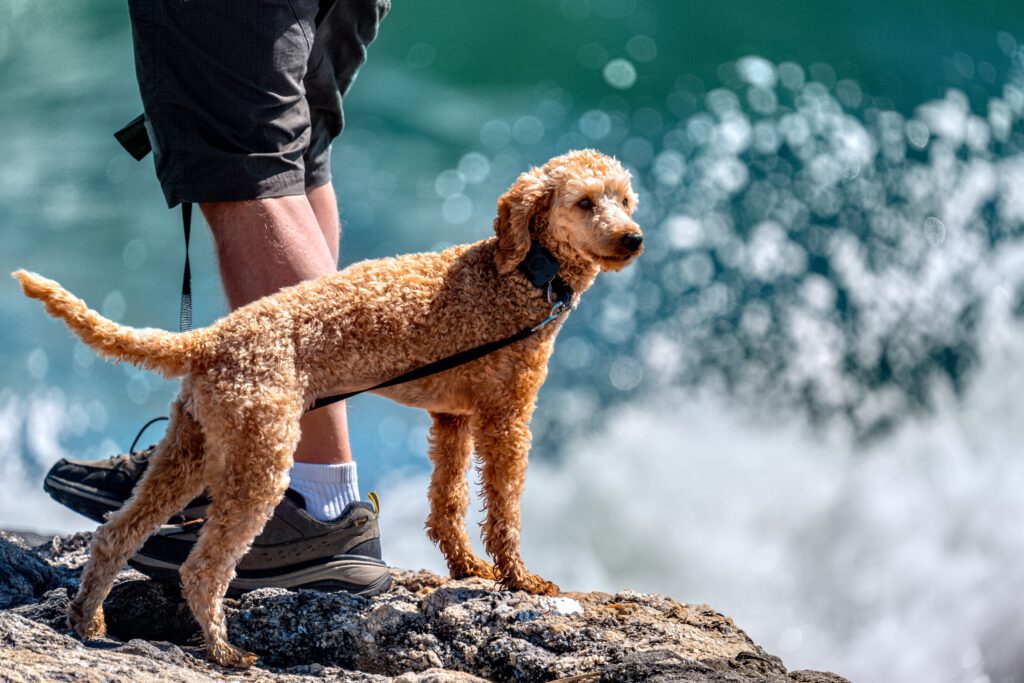
Poodles can adapt well to many different environments, including tropical climates. The poodle is an active dog breed that enjoys exercise and activities. They are non-shedding, which can be good for avoiding allergies in hot, sticky weather. But you should also remember to brush your poodle to prevent tangles and matting.
Poodles are intelligent, and can learn quickly to find ways to cool down, like seeking shade or water, or taking shorter walks during the hottest hours of the day. As a poodle owner, you will still need to keep your pup cool and hydrated while protecting them from the sun.
Xoloitzcuintli
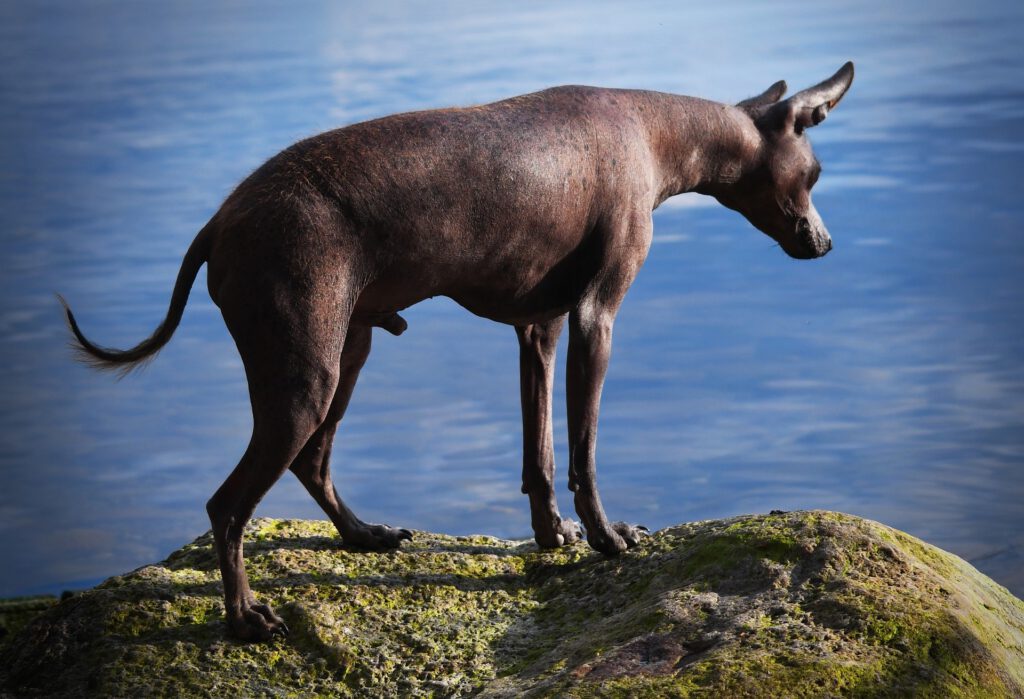
The xoloitzcuintli (xolo) was originally bred in Mexico near tropical climates. Xolos can either be coated or completely hairless. Both varieties are perfectly suited for hot, humid weather.
These sensitive, intelligent dogs come in three main sizes: standard, intermediate and miniature. Keep in mind that larger dogs are more resistant to hyperthermia.
Most xolos have a blue-gray or black coat. Light-colored coats are better for reflecting the hot sun.
Yorkshire Terrier
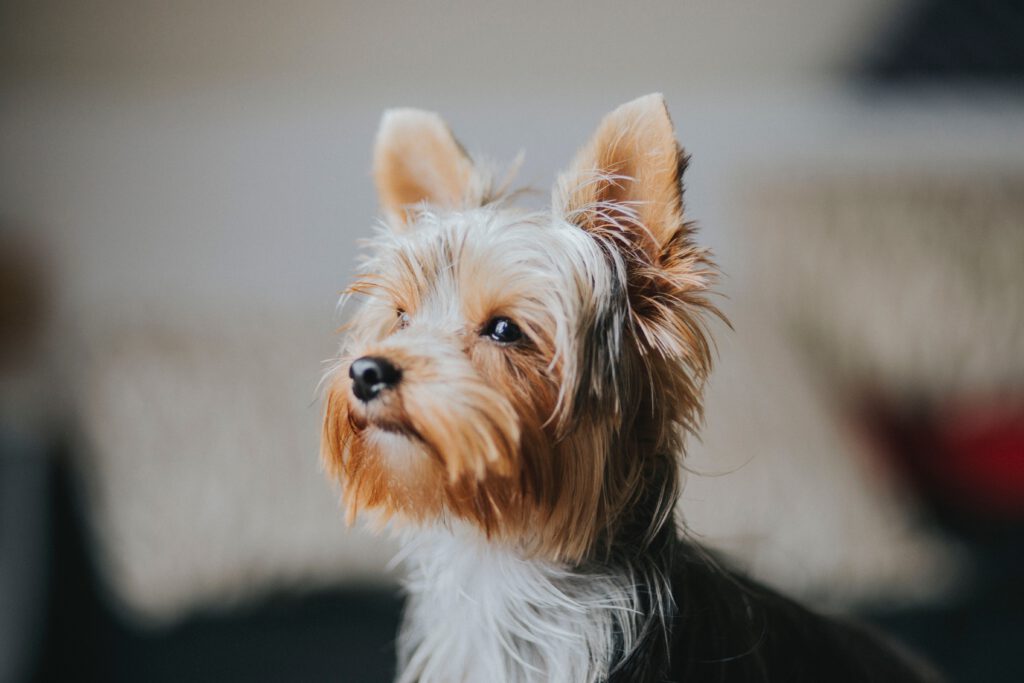
You might be surprised that we included the tiny, hairy Yorkie on this list. However, their fur is fine and soft, so it’s less likely to trap body heat. Remember to regularly comb and trim the hair so that it does not become matted.
Yorkies are feisty, energetic and amiable. They will gladly stay indoors and eat all day, but try to avoid overfeeding since obesity is bad for hot climates.
They were originally bred in cool, cloudy England, but with a little care and grooming, a Yorkshire Terrier should do just fine in a tropical environment.
Chihuahua
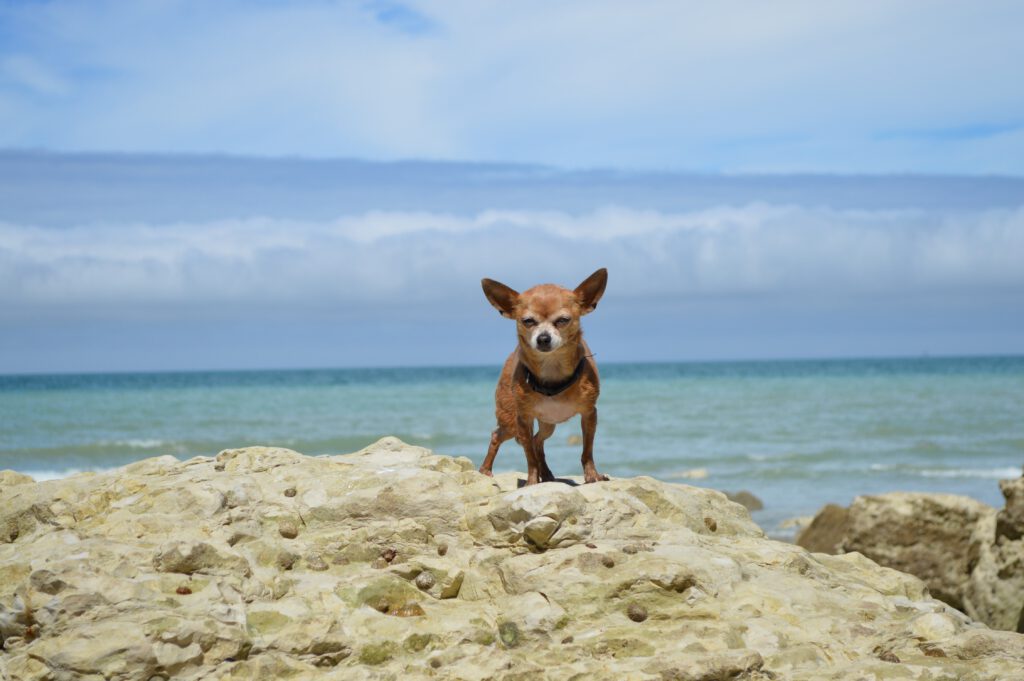
The chihuahua is one of the smallest breeds around, but it’s blessed with a single short coat that is perfect for the tropics.
Clocking in at an average of 9 inches tall and 7 pounds, these little guys can be easily tucked away in the shade if it gets too warm. And most chihuahuas have erect ears, so they’re not at risk for the moisture-induced infection that affects floppy-eared dogs.
Chihuahuas come in a variety of colors, so choose a light-colored dog if you are given the option.
Basenji
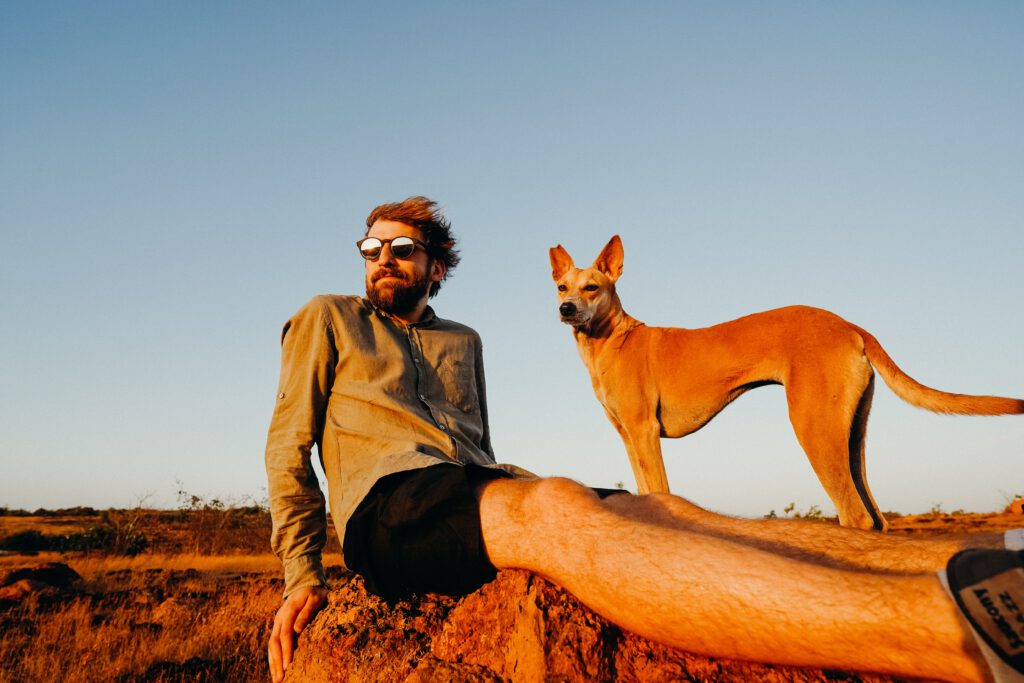
Basenjis are hunting dogs originally bred in central Africa. This means that their ancestors were well acquainted with tropical climates.
With a lanky body and short, fine coat, you will find that Basenjis are quite happy living in the humidity and heat.
The basenji enjoys a fairly long lifespan at an average of 15 years.
German Shorthaired Pointer
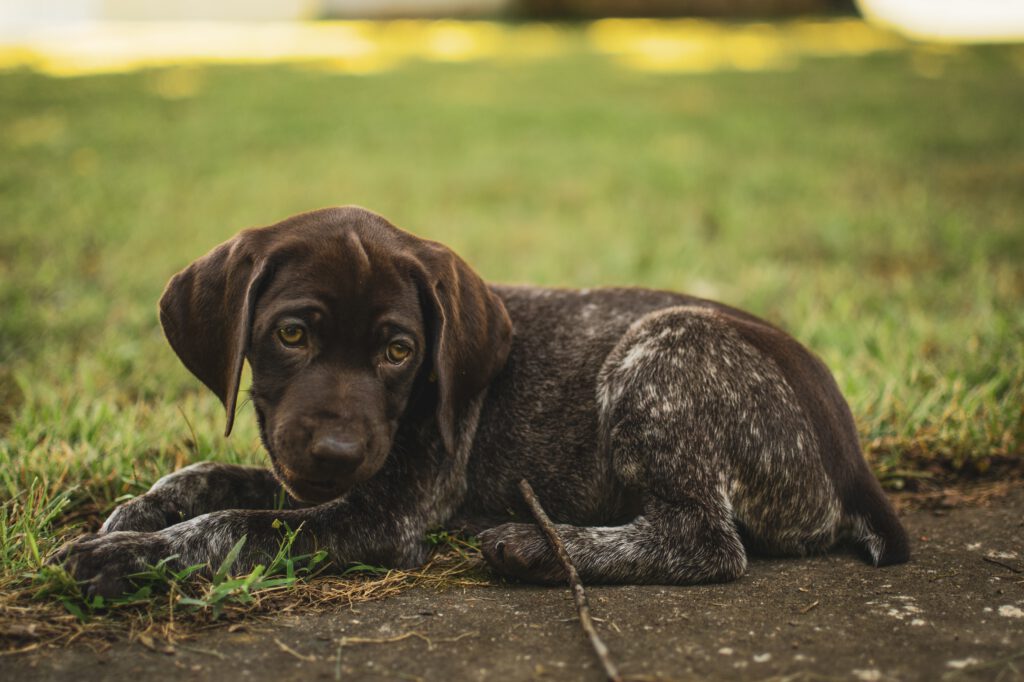
German Shorthaired Pointers were bred as hunters in 19th century Germany. As a medium to large sized dog, they are resistant to hyperthermia.
This breed has an undercoat that is more useful in cold weather, but its hair is still quite short, making it a decent option for tropical climates. They are fairly lean and typically have no problems with excessive body heat.
These dogs tend to be very active, so make sure to keep them hydrated. Their size and nose shape help protect against overheating, but their floppy ears should be regularly checked, cleaned and dried.
Great Dane
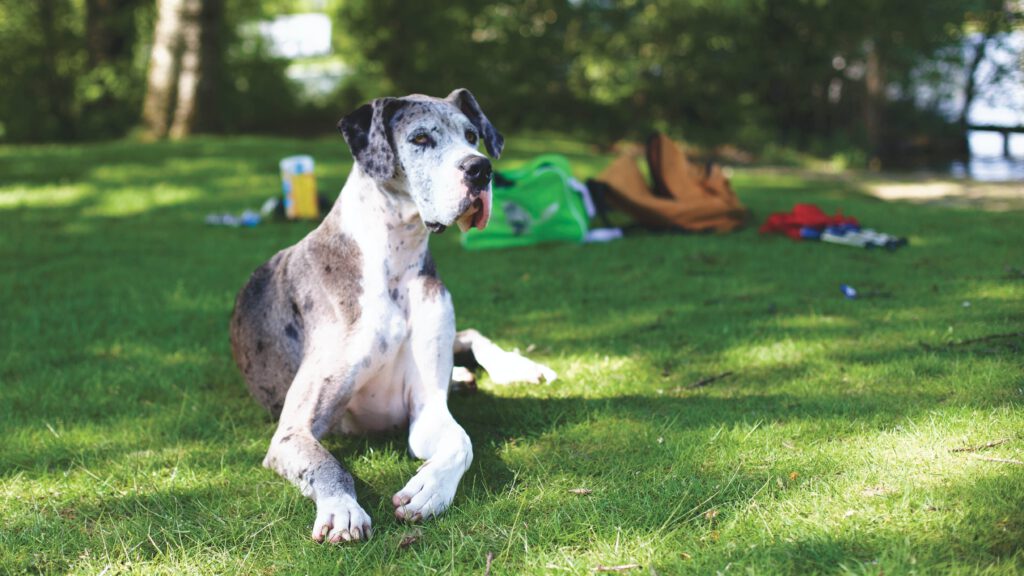
At an average of 32 inches tall and 150 pounds, the Great Dane is one of the biggest breeds around.
These dogs were raised in Germany during the Middle Ages to hunt wolves and boar, but their physical traits should allow them to remain comfortable in a hot, humid setting.
Great Dane can tell you they love the heat, often basking in sunlight and conserving energy. With their lanky build and long nose, this breed is not likely to suffer from high body heat in the tropics.
Vizsla
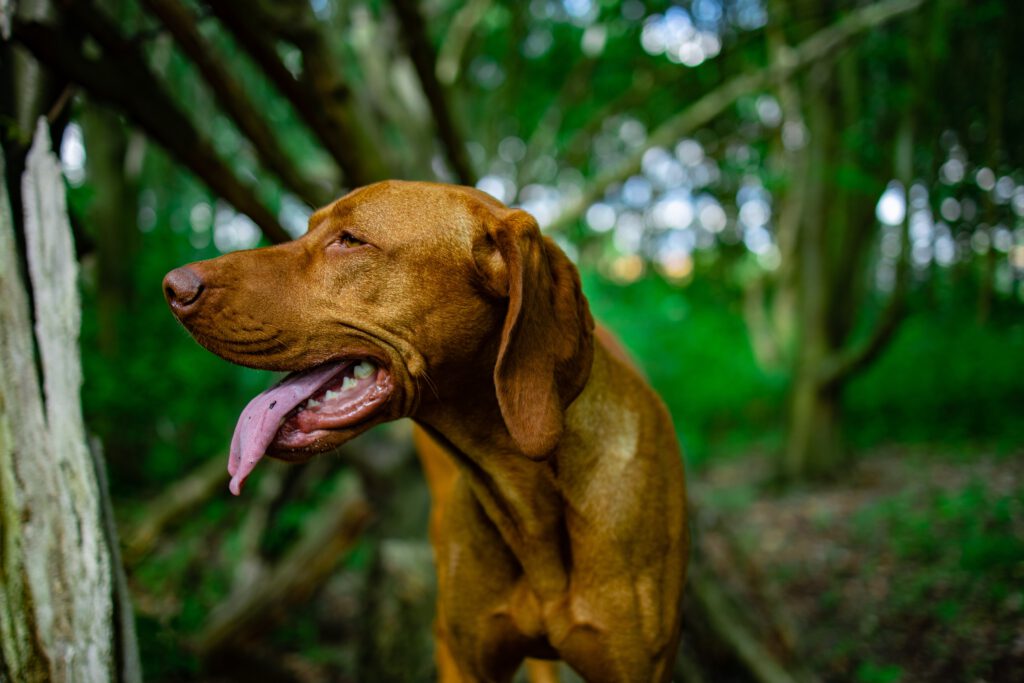
The Vizsla is a loyal companion dog that was originally bred in Hungary. Aside from a fantastic sense of smell and hunting capability, Vizslas have a single short coat, perfect for tropical temperatures.
This breed has floppy ears so you’ll need to keep them clean and infection-free, but the Vizsla’s slim body, long nose, and light brown coat color are perfect for the heat and humidity.
The Vizsla is a medium-sized dog, around 23 inches tall and 52 pounds, so it can remain fairly cool in hot weather.
Italian Greyhound
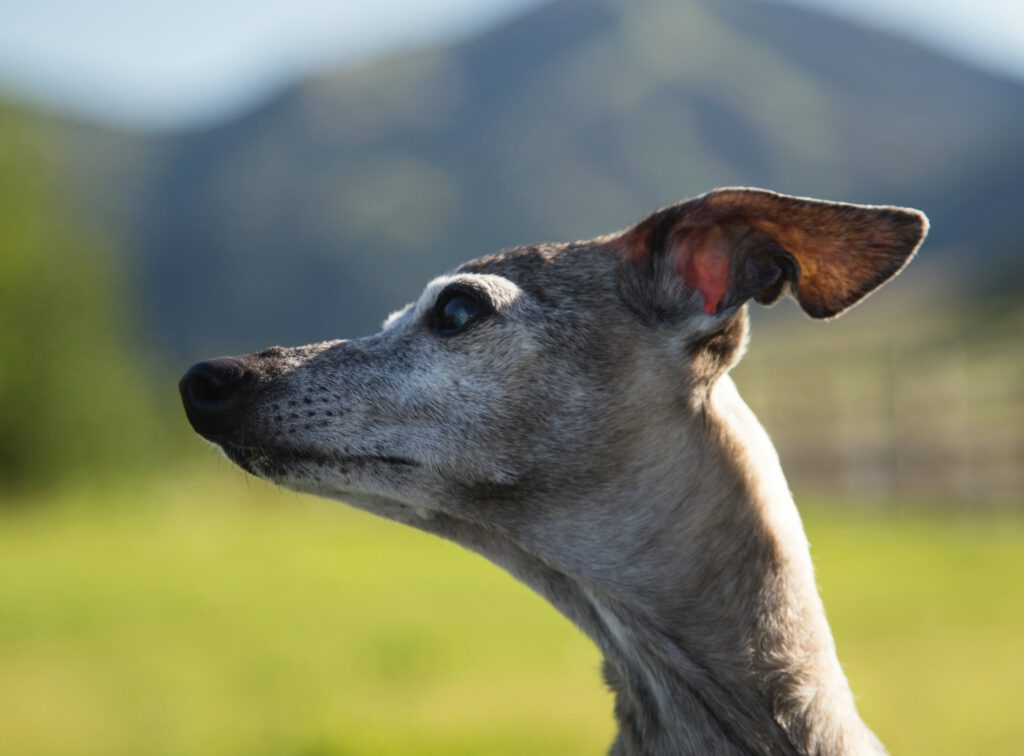
The Italian Greyhound is thin and sleek with a long nose and very short coat. Its lack of body fat is terrible for cold climates but perfect for the tropics!
This playful, affectionate dog was bred for hunting rabbit and hare. These pups are astonishingly fast, capable of running at speeds up to 37 miles per hour. Be sure to limit strenuous exercise in the extreme heat and bring plenty of water.
Italian Greyhounds are considered a toy breed, larger than a chihuahua but still fairly compact at around 35 inches high.
Sato
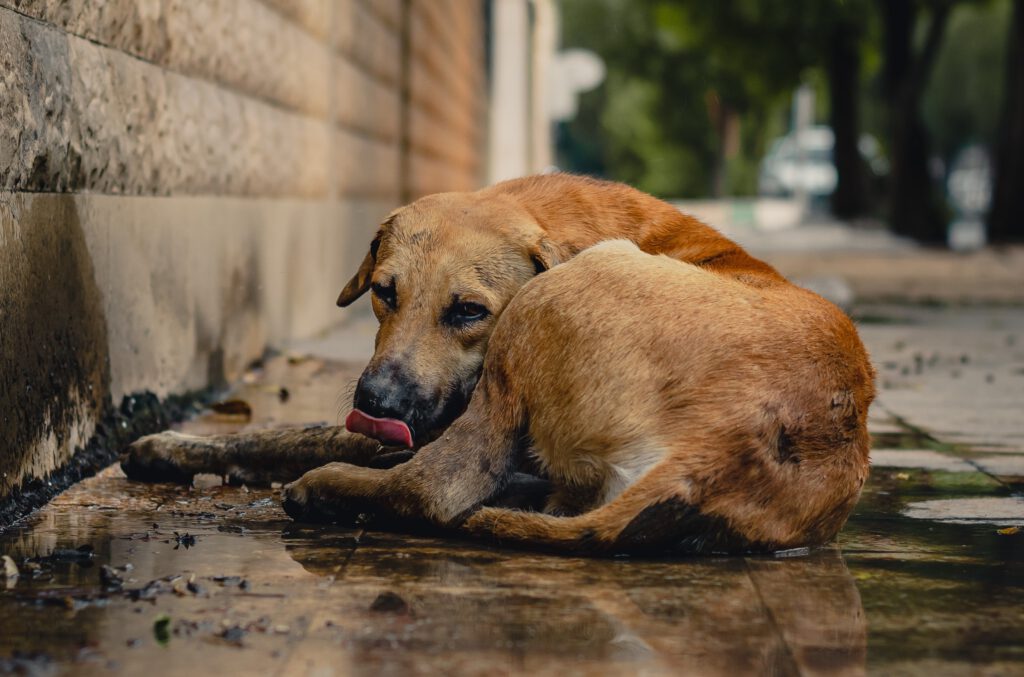
Satos, or “street dogs”, are not actually classified as a single breed. These are mixed-breed dogs that live on the streets in the tropical climate of Puerto Rico.
Many satos have short, lightly colored coats that allow them to thrive in the island’s humid environment. However, they have often suffered from abuse, neglect, and the persistent threat of earthquakes and hurricanes.
You can adopt a sato with assistance from the Sato Project, an organization that rescues satos and places them with loving families.
Frequently Asked Questions
Which countries have tropical climates?
Most countries near the equator have a tropical climate. This includes Central America, South America, northern Australia, islands in Pacific Ocean, central Africa, and South Asia.
The climate in these regions is typically hot and humid all year. They have only two seasons: a dry season and a rainy season.
Which dog breed does well in a hot, dry environment such as a desert?
Lean dogs with short, light-colored coats and long noses do especially well in both dry and wet heat. Floppy-eared dogs fare slightly worse in humidity since their ears can retain moisture and become infected.
What dogs are the worst for the heat?
Heavy dogs with long hair are adapted for cold weather and would be uncomfortable in a hot or humid climate. These include Newfoundland, Siberian Husky, Bernese Mountain Dog, Saint Bernard and Alaskan Malamute. Snub-nosed dogs such as boxers and pugs can also overheat since their noses are not long enough to cool the air that they breathe.
How do I know if my dog is too hot?
Dogs experience some physical and behavioral changes when their body heat is too high.
- Excessive salivation
- Breathing that is either slow and labored or fast and frantic
- Bright red coloring on the inner cheeks and gums (mucous membranes)
How do you keep a dog cool in a heatwave?
If the weather outside is hot or humid, you should take proactive measures to prevent your dog from suffering dehydration or hyperthermia.
- Take frequent breaks when exercising
- Give your dog plenty of cool water
- Rest in the shade when possible
- Use a cooling mat or vest to keep your pup’s body temperature down
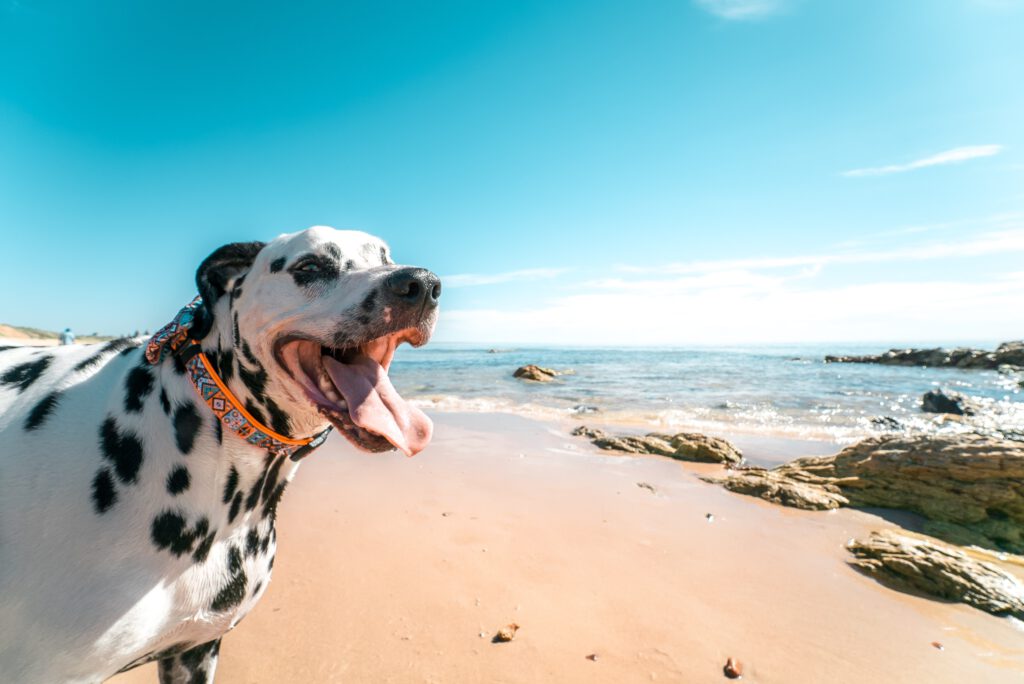
Conclusion
For some pet owners, there’s nothing better than spending time with a dog in a tropical environment. But it’s also important to make sure that your dog is comfortable in the heat and humidity of the tropics. We hope this article has helped you determine whether your dog is suited for life near the equator.